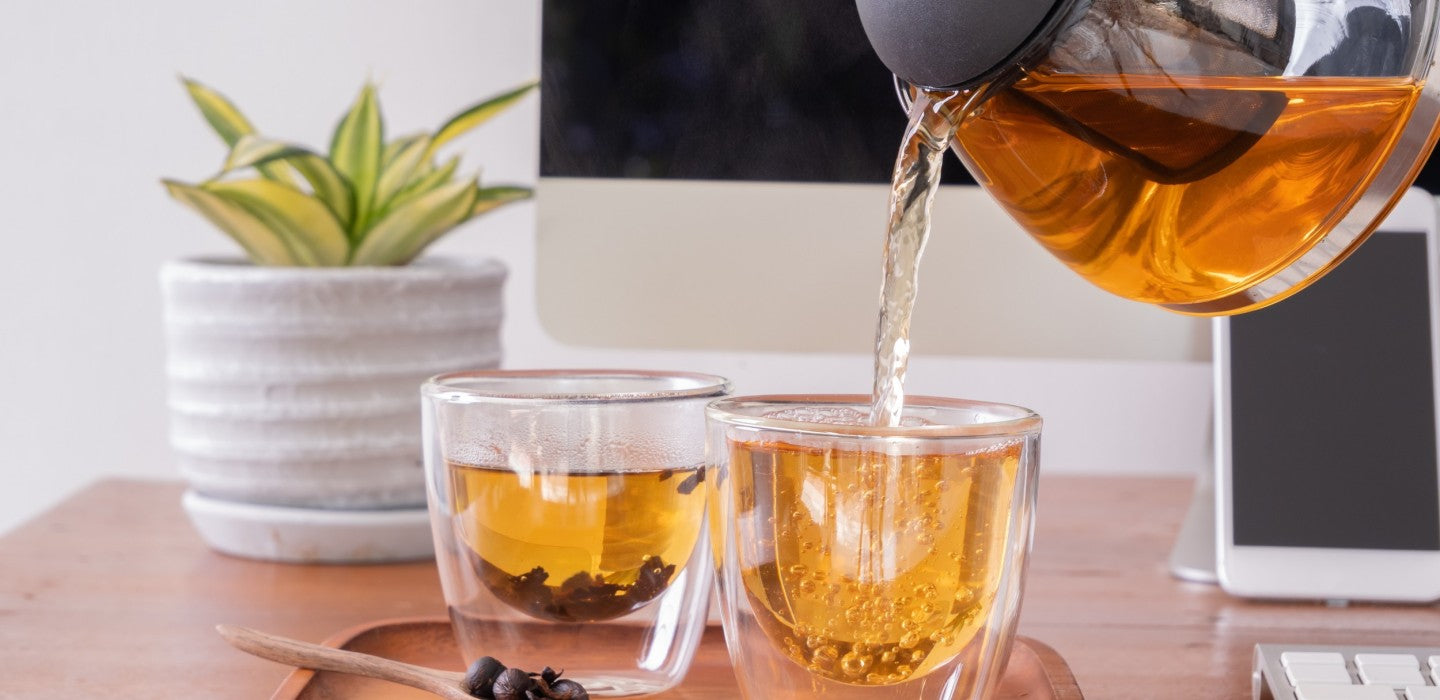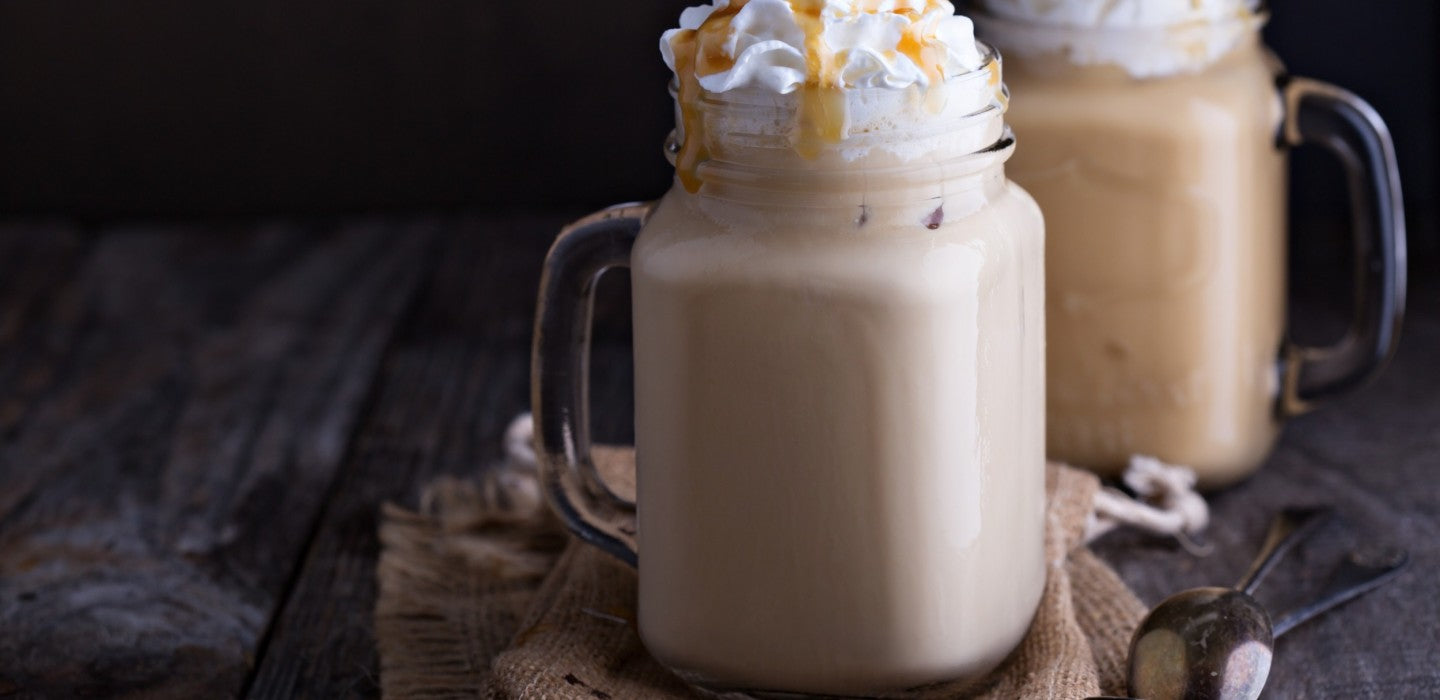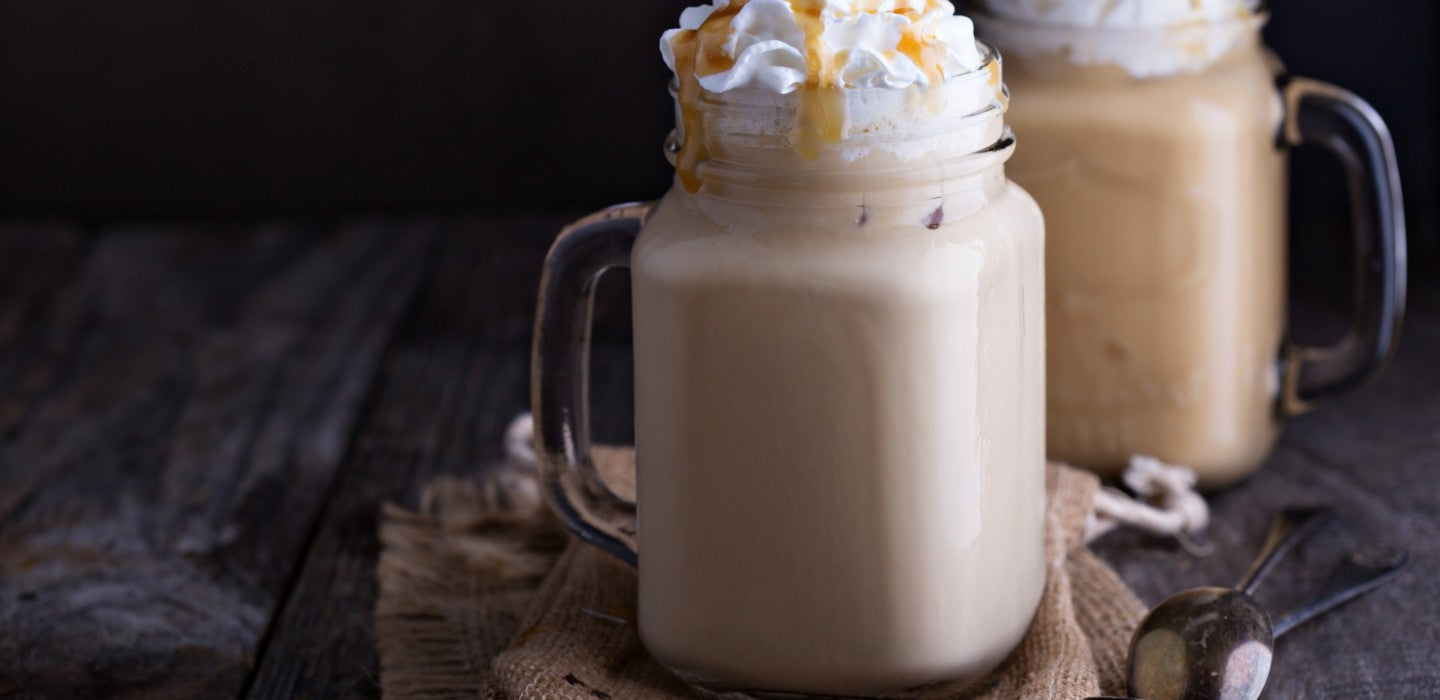Cascara: An Exceptional Tea Made from Coffee Cherries
If you're seeking the ultimate twist to your tea and coffee-drinking experience, look no further than Cascara. This unique beverage, concocted from the shells of coffee cherries, is gradually taking the beverage world by storm. With an exhilarating mix of caffeine, rich heritage, and unparalleled flavor, Cascara proves to be an exciting variation in the realm of hot beverages. It's time we unravel the secrets of Cascara, also known as Cascara Coffee, Cascara Tea, or Coffee Cherry Tea.
What is Cascara?
To fully comprehend what Cascara is, our journey begins with an understanding of the coffee cherry. There's more to your beloved coffee than just a processed, roasted bean – attached to is a remarkable narrative of metamorphosis.
A coffee cherry, scientifically a stone fruit of the coffee plant, consists of seven layers, housing the prized coffee beans at its core. These beans are those we typically consume as coffee, but what about the rest of the fruit? In what seems like a shade of irony, it's the outer shell that might happily surprise you.
The coffee cherry's maturing process spans over ten months, during which it transitions from green to yellow, ultimately achieving the shade of red upon ripening. While the outer layer appears unpalatable to humans, the coffee cherry's pulp reveals a sweet, sensory delight.
Let's stray from the conventional path of coffee cherry usage, where only the coffee beans are utilized. Cascara offers a remarkable twist. Here, even the shells enclosing the coffee beans, and at times, the dried pulp, can be transformed into a delectable beverage. Imagine consolidating these elements, finely grinding, and drying them, to prepare an inviting tea when brewed with hot water.
The Indescribable Taste of Cascara
The taste of Cascara is a fascinating broth of variables. On an overarching level, it undeniably hinges on the specific type of coffee used. Cascara imparts a pleasant hint of honey, but can also captivate your palate with a more fruit tea-like spectrum or present a contrasting, slightly bitter note. The thrill doesn't end at the unique taste, as Cascara tea's exciting caffeine content, touted to be around six to eight times more than coffee, heightens its intrigue.
Unveilingara's Origins
Amidst the burgeoning wave of Cascara in Europe, where it's fast becoming a trendy beverage, it's intriguing to consider its humble beginnings. In countries like Bolivia, Nicaragua, Panama, and Yemen, Cascara tea has been a staple for centuries. A popular version seen is the Quishar ritual, a desirable blend of Cascara with cinnamon, sugar, milk, ginger, and cardamom.
An interesting aspect is how coffee farmers, who intriguingly could not afford coffee, innovatively used coffee cherry shells in their stead. This led to Cascara's colloquial reference as the "Poor People's Coffee". Apart from its caffeine and flavour profile, the Cascara's deep-routed history and origins contribute to its unmistakeable charm and appeal.
Dissecting the Cascara-Ban Paradox
At one point, Cascara was designated as "Novel Food", labeling foodstuffs not notably consumed in the EU before 1997, which required a primary clearance before legitimizing their sale and consumption. This led to a hiatus in Cascara sales since 2017, primarily affecting start-ups, to evade potential penalties. However, fast forward to 2022, Cascara products have re-emerged with EU approval, endorsing them as safe and consumable commodities.
Eradicating any lingering uncertainties, it's essential to clarify Cascara's safety. Misperceptions sprang from its misinterpretation with the Cascara sagrada, a plant-based medicine derived from the extracts of the American Buckthorn's bark. The latter is indeed toxic in its raw state, though it bears no correlation to the coffee cherry tea.
Brewing Cascara Tea at Home
For those captivated by the charm of Cascara, brewing this enticing beverage at home is uncomplicated:
- A reasonable start is by infusing approximately five spoons of dried coffee cherries in a liter of hot water.
- The next crucial step is the steeping process. Let the tea steep for four to five minutes.
To dodge pesticide exposure, we recommend opting for organic-grown Cascara. Serve it fresh or cold, perhaps with ice cubes for a refreshing twist. Chill your brewed coffee cherry tea for a novel ingredient in cocktails, lemonade, or fruit juice, proving to be an invigorating summer beverage. Infuse the allure of winter to your Cascara by adding cinnamon and ginger for a cozy winter drink. Immerse yourself in the complex spectrum of Cascara's flavors, with each brew revealing another layer to its fascinating persona.
Wrapping It Up
Cascara, the unusual yet intriguing tea derived from coffee cherries, merits attention, showcasing a unique profile that sets it apart from its beverage counterparts. With high caffeine content, an extraordinary origin story, environmental sustainability through the utility of otherwise wasted coffee cherry shells, and a delightful taste profile, Cascara's rise is justifiable. So the next time you seek a novel encounter beyond your traditional coffee or tea, why not explore the world of Cascara? Content richness achieved through commitment to in-depth research and wide-ranging information capture ensures an expansive celebration of Cascara's heritage, potential, and growing popularity in the global beverage market.



Leave a comment
This site is protected by hCaptcha and the hCaptcha Privacy Policy and Terms of Service apply.